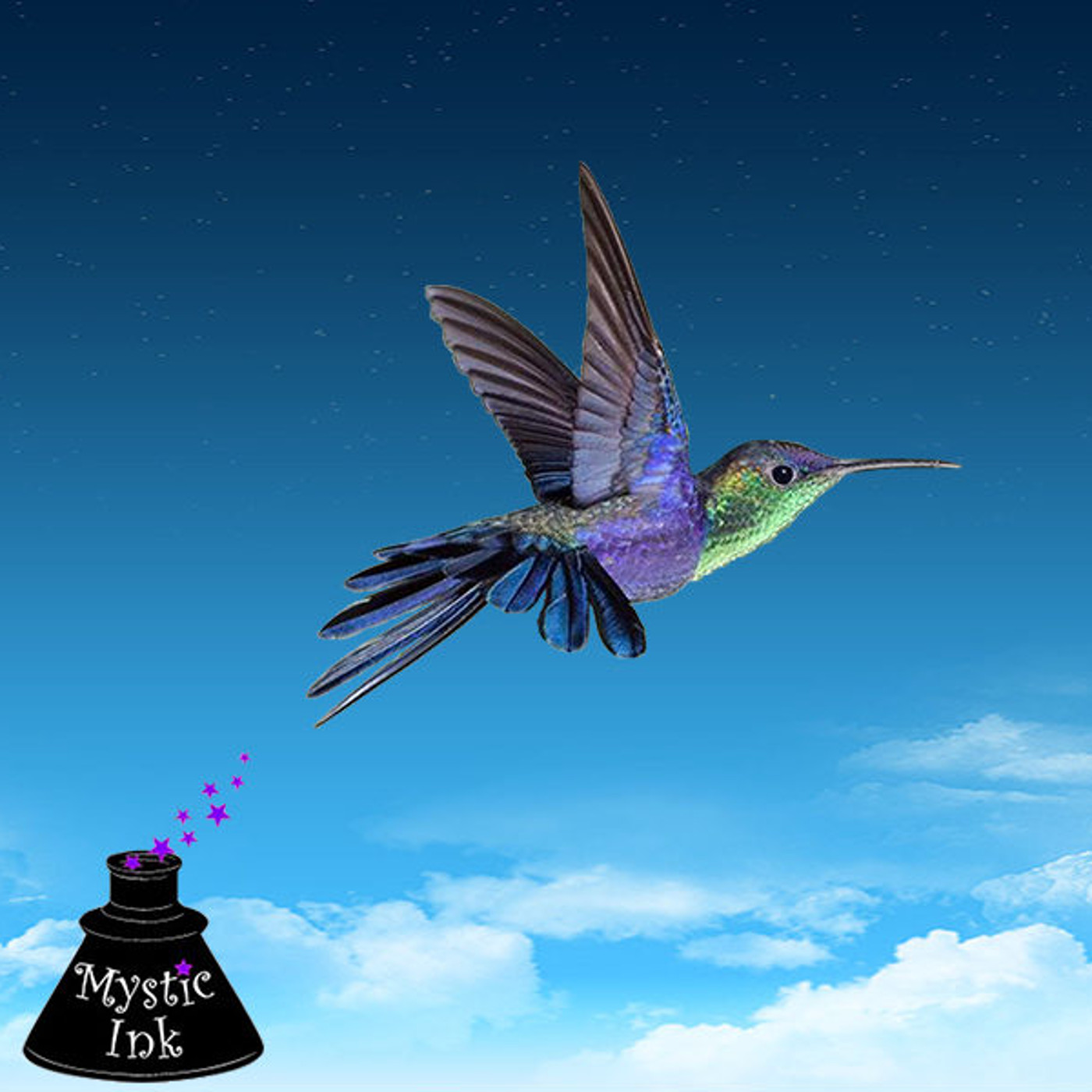How We Perceive Reality in the Physical World
In a mechanical medium sound vibration is perceived in the motion of a tuning fork, a reed in a woodwind instrument, a harmonica, or the cone of a loudspeaker. In the audio spectrum, sound or pressure waves are generated by the previously mentioned vibrating structures, and in our own bodies by the vocal cords, our main transmitting instruments of communication. These pressure waves induce vibration in the structures of our ear drums, our primary mode of receiving communication.
Hearing range describes the range of frequencies that can be heard by humans and other animals. The human range is commonly limited to 20 to 20,000 Hz while several animal species can hear frequencies well beyond the range of human hearing. Some dolphins and bats can hear frequencies up to 100,000 Hz. Elephants can hear sounds at 14–16 Hz, while some whales can hear infrasonic sounds as low as 7 Hz(in water).
Hear it here - https://bit.ly/centerpallamary
Learn more from the author at https://bit.ly/mattpallamary
Visit Mystic Ink Publishing at https://bit.ly/mysticinkpublishing
For narration information visit Russell Newton at https://bit.ly/VoW-home
For production information visit Newton Media Group LLC at https://bit.ly/newtonmg
#haptic #HermannvonHelmholtz #IsaacAsimov #LucaTurin #odorants #olfaction #parasite #perception #RussellNewton #NewtonMG #SilvertipGrizzly #ThomasYoung #wavelength


